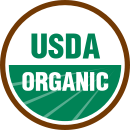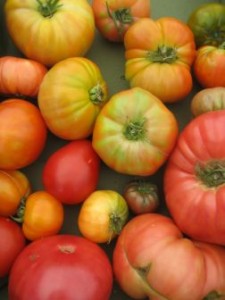
We’ve all seen the label: “All Natural” or “From Mother Nature”. But does it actually mean anything? Well, that depends which country you’re in.
Thankfully, Canada does regulate this and several associated terms, but the US does not. Policing the term in Canada, however, relies heavily on savvy consumers who must send in complaints to the Canadian Food Inspection Agency when a violation is suspected. Read on…
Excerpt from Ecoholic
“It’s hard to believe, considering all the abuse this term has taken, but this label is actually regulated [in Canada]. Who knew? According to the Canadian Food Inspection Agency (CFIA), references to ‘nature,’ ‘Mother Nature,’ ‘nature’s way,’ or ‘natural’ in relation to a food product cannot be used if any process has significantly altered any earth-given ingredient. That means the addition of even non-synthetic ingredients such as guar gum, hydrogenated oils, vitamins, or treated spring water is a no-no. So how is it that everywhere you look someone’s using and abusing the word nature? Bottom line: it’s not policed unless you send in a complaint. Go to town, folks.”
Excerpt from Institute of Food Technologists
“The term ‘natural’ adds a premium to food products and makes them appear fresher, minimally processed, and safer. But consumers and the food industry will have to wait to know exactly what natural does – or does not – mean.”
“Despite the term’s widespread use, the U.S. Food and Drug Administration (FDA) discourages the food industry from using ‘natural’ on labels because of its ambiguity. ‘Natural may unjustifiably imply that a food is of superior quality or safety compared to other similar foods,’ said the FDA’s Ritu Nalubola.
Neither FDA nor the U.S. Department of Agriculture (USDA) has precise rules for ‘natural.’ And the food-and-beverage product industry, represented by the Grocery Manufacturers Association, has no consensus.
In 1991, FDA tried to define the term and, by 1993, gave up. The agency decided to ‘not restrict the use of “natural” on products. It is a very complex term,’ Nalubola said. Today FDA is continuing that practice, originated in 1988. For a product to be called natural, it must be free of artificial or synthetic ingredients or additives, including color, flavor or any ingredient “not normally expected.’ Hence, lemonade flavored with beet juice cannot be called natural. In addition, any food enhanced with caramel, paprika or color (consider bright orange cheese) cannot be called natural.”
 Today, we’re checking out “pesticide-free”. Who doesn’t want to be pesticide-free?
Today, we’re checking out “pesticide-free”. Who doesn’t want to be pesticide-free?

